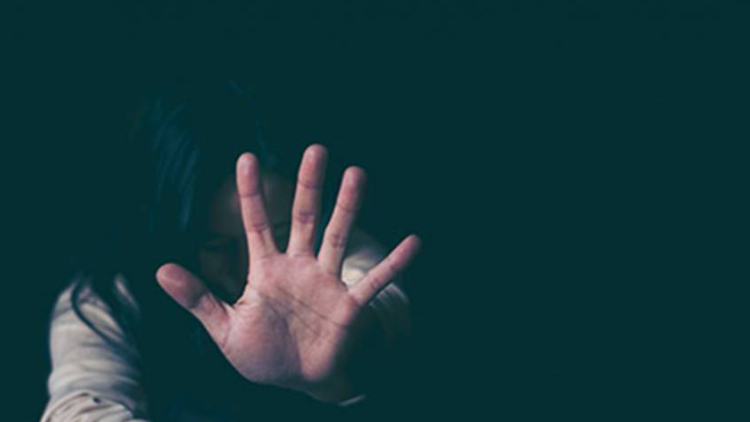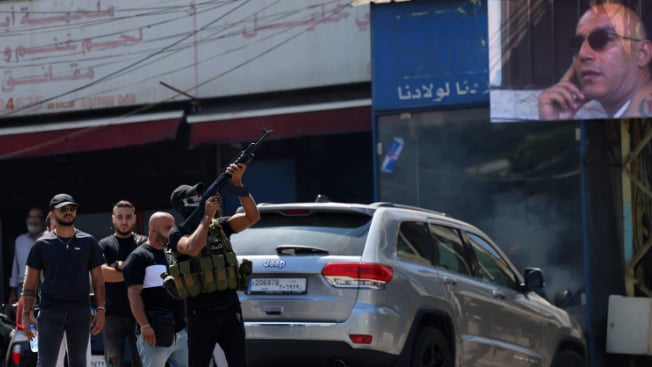“I lived in a violent marriage for years. I was very naive at first and really didn’t know people like him existed. He would kick me, slap me, push me, trip me over, throw things at me, stand on my feet, yell, abuse, call me names like ‘social cripple’, the list goes on and on, but he never punched me. In fact he would say to people that he couldn’t stand ‘wife bashers’. He would tell me that he didn’t want the children to play with so and sos children because they were a bad influence. He tried to isolate us from all those who loved us and new people we met would go through character assassinations by him. Life was continuous hell, fear and horror and he always blamed the children or me for his violence. Things got a lot worse towards the end. He would threaten to run us all off the road in the car and kill us. The violence became a daily occurrence if not several episodes a day.”
This is the story of Katherine (DVRC), this is one story among many, one tragedy among many, one suffering among many, one victim among many, and above all one survivor among a few.
Violence against women is a worldwide yet still hidden problem. Freedom from the threat of harassment, battering, and sexual assault is a concept that most of us have a hard time imagining because violence is such a deep part of our cultures and lives. This is an everyday reality, a universal problem, and a human rights violation. Around the world, women suffer intimate partner violence, marital rape, rape by other men known to them and by strangers, incest, foeticide, sexual harassment, trafficking for the purposes of forced labor or prostitution, honor killings, other forms of femicide, acid attacks, and female genital mutilation. These acts are considered to be “gender-based” violence because they are committed almost exclusively by men against women, and are supported by gender inequalities at the societal level. The purpose of this study is to shed the light on the issue of violence against women and girls (VAWG) and try to inspect some important solutions.
Violence against women is a global phenomenon and involves a spectrum of physical, sexual, and psychological acts of control, threat, aggression, abuse, and assault. It takes many forms, such as female infanticide, (girl) child abuse, incest, rape, sexual harassment, intimate partner violence (IPV), and abuse and neglect of older women. Gender violence, manifested as violence against women, is one of the most if not the most significant epidemics in the Middle East, and it became more viral in the time of the pandemic we are facing now. According to the British Medical Journal, as the Covid-19 pandemic intensifies, its gendered effects have begun to gain attention. Though data are scarce, media coverage and reports from organizations that respond to violence against women reveal an alarming picture of increased reports of intimate partner violence during this outbreak, including partners using physical distancing measures to further isolate affected women from resources. Violence occurs in practically all the countries of the MENA region and affects families of all of the backgrounds, religions and social spheres, as well as societies. Studies carried out in the Arab world show that 70% of violence occurs in big cities, and that in almost 80% of cases those responsible are the heads of families, such as fathers or eldest brothers. VAWG is considered a major public health issue and one requiring a public health approach. It is both a direct cause of acute and chronic health problems and can be an indirect risk factor for a wide range of problems stemming from injury, fear and stress.
Research with victims of intimate partner violence in health care and other settings has documented such problems as physical injury, chronic pain, headaches and migraines, memory loss, abdominal pain, gastrointestinal problems, gynaecological problems, as well as mental health problems such as depression, alcohol and drug abuse, low self-esteem, fear, anxiety, post-traumatic stress disorder, and suicide attempts. Childhood sexual victimization is also associated with mental health problems, drug abuse, sexually transmitted diseases, unwanted pregnancy, and high-risk behaviors such as unprotected sex and prostitution. In addition to many health problems, violence impairs the ability of women to function in the labor market, complete their education and carry out their everyday activities. The fear of violence causes women to curtail their activities in public places and can seriously limit the extent to which they participate in social or educational events or take on jobs that require them to travel alone at night.
“When his violence became much worse and was being directed at the children I changed. I began to read about self esteem and positive affirmations. I contacted a friend I used to know who worked in a Woman’s Centre and speaking to her made me realize we were not alone. Finally I began to see the reality of what was happening. When we left I believed he was going to kill us.”(DVRC)
This is how the situation changed with Katherine “the survivor”. She got the help of the Domestic Violence Center, and the support, understanding, and sharing of experiences of other women, as well as the support of good friends and family. The Family Court recognized what hell Katherine went through and ordered absolute and no contact for the husband with the children. What have we learned from this international comparison of women’s experiences of violence in our MENA countries? Starting from Katherine’s experience and the solutions provided by the UN Women’s case study, many steps should be taken to end violence against women:
Promote Gender Equality
In all societies, widespread societal changes are needed to improve women’s status and break down inequalities between men and women. Countries must:
- Promote women’s right to live free of violence
- Actively work to ensure that women are not discriminated against in property rights, inheritance rights, marriage and divorce laws, access to education, employment and health care.
- Review legislations and policies and their impact on gender equality and participation of women in the society. The 2009 report by the UN Economic and Social Commission for Western Asia (ESCWA) stated that women’s lack of social participation “is primarily attributable to the existence of discriminatory laws, failure to implement the nondiscriminatory legislation that does exist and a lack of awareness by women of their rights in such matters.”
Ensure girls and women have access to support services
Countries must ensure that victims have access to health services and that the police and other sectors have the ability to respond effectively and sensitively to victims who come to them to seek help. Building the capacity of communities to support female victims of violence is critical to developing a sustainable response.
Hold perpetrators accountable and enforce prevention activities
All countries must make sure that they have legislations and policies in order to protect women and hold perpetrators accountable to ensure that the physical and sexual integrity is protected through the criminal law. (UN Women) Criminal codes must specify that violence against women is a criminal act, not a private affair, and will be treated seriously by the police and courts. It is also important that if laws are in place to ensure that they are being applied, i.e. victims are protected and offenders are prosecuted and punished. It is so important as well that family law is harmonized with criminal law so that keeping the family together does not precede ensuring women’s physical safety and integrity, and the family and criminal law are integrated so that family courts are aware of the occurrence of violence and child custody arrangements mandated by the court do not compromise the safety of women and their children. There are some other solutions provided by WHO (World Health Organization) such as creating and implementing a national action plan for violence prevention, enhancing the capacity for collecting data on violence, integrating violence prevention into social and education policies, thereby promoting gender and social equality, and increasing collaboration and exchange of information on violence prevention.
“If I could come and help you leave I would but it is you who has to do it. Leaving permanently is the only thing that will change the situation. You can’t make him better no matter how much you love him. It is NOT your fault, it is his. You are a wonderful person and deserve so much better. You are not alone; there are many people who know what you are going through. Reach out to people and contact support groups. Most of all believe in yourself and know you are strong.” (DVRC) This is the message of Katherine “the survivor” to all of the women out there. Yes, silence isn’t golden! It’s not okay to stay silent and a woman should remember that if one woman stands for herself she stands up for all other women and for gender equality as well. No man has any right to put a hand on a woman, and violence should not stay behind closed doors. Women should not think that just because they have children, they should stay and handle torture, because evidently a house where a woman is not safe is not a home by all means. If you experience violence, run, walk away as fast as you can, and as part of the healing process change your title from victim to “survivor” and “advocate”. Our lives begin to end that moment we start being silent about things that matter, raise your voice, let the whole world hear you, not only for yourself but for all other women out there. We have to always remember that violence is not only a cause of gender inequality but also a major consequence of it. The moment we choose to end gender discrimination, gender based violence will end with it.





